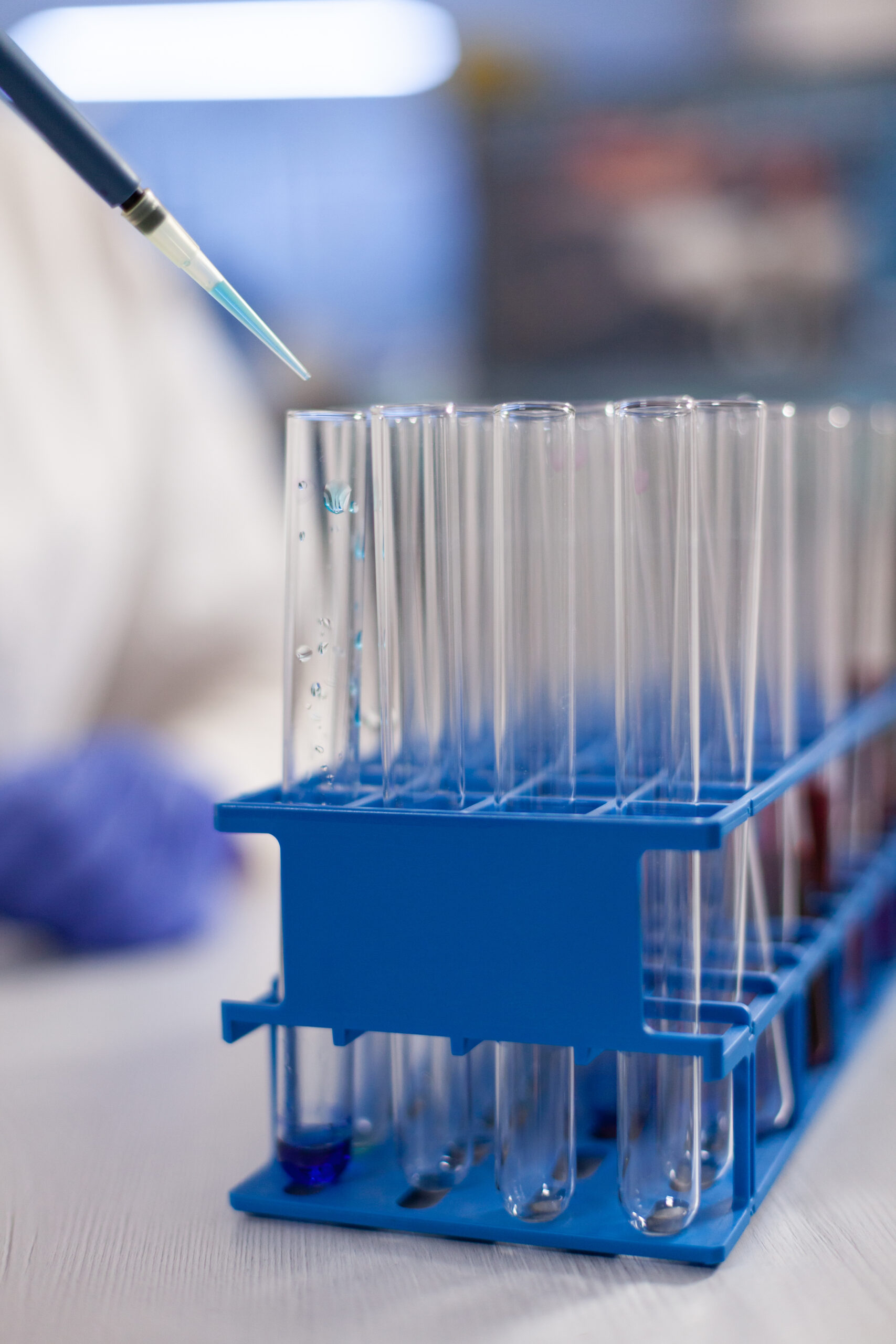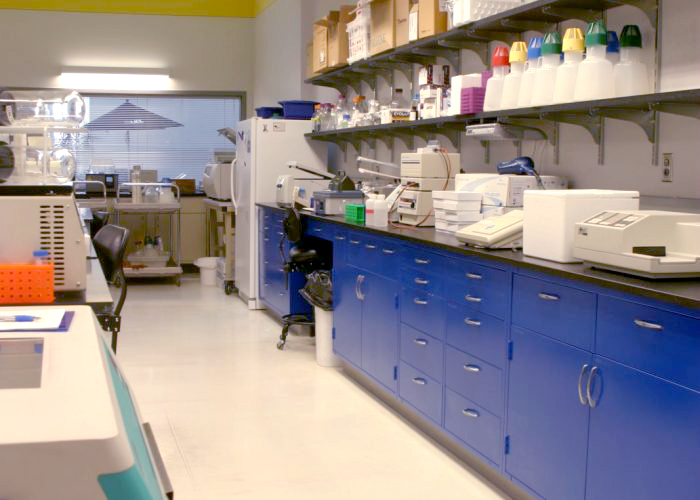In the dynamic world of startups, particularly within the realms of life sciences and biotech, choosing the right environment for your venture can significantly influence your path to success. At UEL, we understand the complexity of this decision. Whether you’re pioneering groundbreaking research or pushing the boundaries of technology, the space in which you operate plays a pivotal role in your journey. This guide aims to demystify the differences between wet labs and dry labs helping you to identify which environment aligns best with your needs and ambitions.
What is a Wet Lab?
You might be wondering why we call it a “wet lab.” The name itself paints quite the vivid picture, doesn’t it? Picture a lab bustling with activity, where scientists in white coats are intently mixing chemicals that may bubble or change colors, or meticulously studying biological samples under the bright lights of microscopes. The term “wet lab” stems from the fact that these are labs are all about experiments involving liquids – be it water, chemical solutions, or any other substance that are in liquid form at room temperature. It’s a place where beakers and pipettes are as common as keyboards are in an office. From testing new drug formulas to exploring the properties of various compounds, the “wet” part of the lab’s name signifies the hands-on, fluid nature of the work being done.
What is a Dry Lab?
And then there’s the “dry lab,” a term that might evoke images of a less splashy, but no less intriguing environment. Imagine stepping into a room humming with the sound of high-powered computers and the soft clicking of keyboards, where screens light up with complex data models and simulations. Unlike its wetter counterpart, a dry lab doesn’t deal with the unpredictable dance of liquids and chemicals. Here, one stark difference becomes apparent: the absence of a fume hood, that essential fixture in wet labs for venting hazardous fumes. The “dry” in dry lab refers to the absence of wet chemicals and biological matter, focusing on computational work, data analysis, and theoretical research.
Understanding Your Competition
Knowing who else is fishing in your pond—and how you stack up against them—is crucial. A competition matrix can help you visualize where you stand. It’s not just about listing features; it’s about highlighting the real benefits your product offers, why it matters to your customers, and how it’s different from the other options out there.
Highlighting the Differences
When embarking on the startup voyage, the choice between a wet lab and a dry lab can set the course of your journey. Here’s a nuanced look at their key differences, tailored for the innovators and disruptors:
Equipment and Tools: In wet labs, you’ll find the tools of the trade for diving deep into the mysteries of the material world—microscopes for the minute, centrifuges for separation, and more. Dry labs, meanwhile, boast state-of-the-art computing power, where the equipment of choice includes high-performance computers and sophisticated software, empowering data-driven discoveries and simulations.
Safety Measures: Safety in wet labs revolves around managing the inherent risks of working with hazardous materials, requiring rigorous protocols and protective gear to ensure everyone’s well-being. Dry labs have a different focus, prioritizing the security of data and the electrical safety of their tech-heavy environment, reflecting the non-physical nature of their research.
Cost Considerations: The financial landscape of wet labs includes the higher costs associated with specialized equipment and ongoing expenses for materials and safety measures. Dry labs, while still requiring investment in top-tier computing resources, often have a more predictable cost structure, with less need for consumable supplies and specialized waste disposal.
Research Focus: Wet labs are the heartland for those pursuing tangible scientific inquiries, where the work involves direct interaction with physical substances. Dry labs cater to the realm of the theoretical, a haven for those dissecting data, running simulations, and developing software that could redefine industries.
Collaboration and Flexibility: Wet labs foster a collaborative atmosphere through shared resources and equipment, yet their physical constraints might limit rapid pivots in research focus. Dry labs offer a more fluid environment, adaptable to shifts in project direction or scaling team efforts, thanks to their virtual nature of research.


Navigating these differences with an understanding of your startup’s unique needs and aspirations can illuminate the path forward, whether it leads to a wet lab, dry lab, or a blend of both. This choice is more than logistical; it’s a foundational element of your venture’s journey towards innovation and success.

